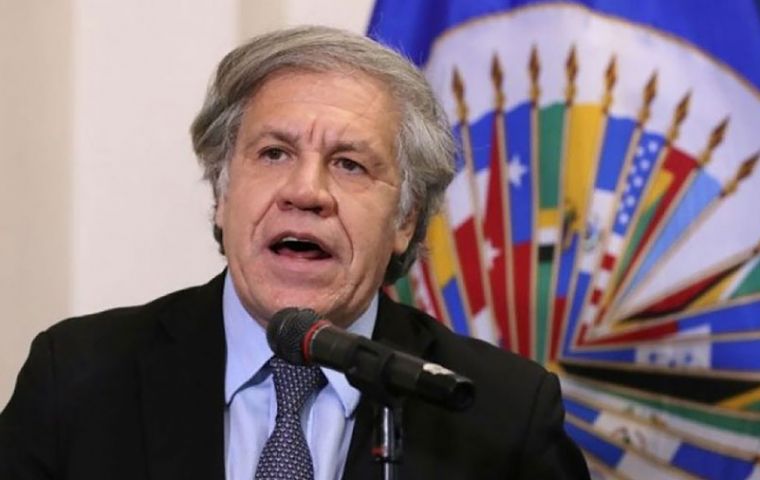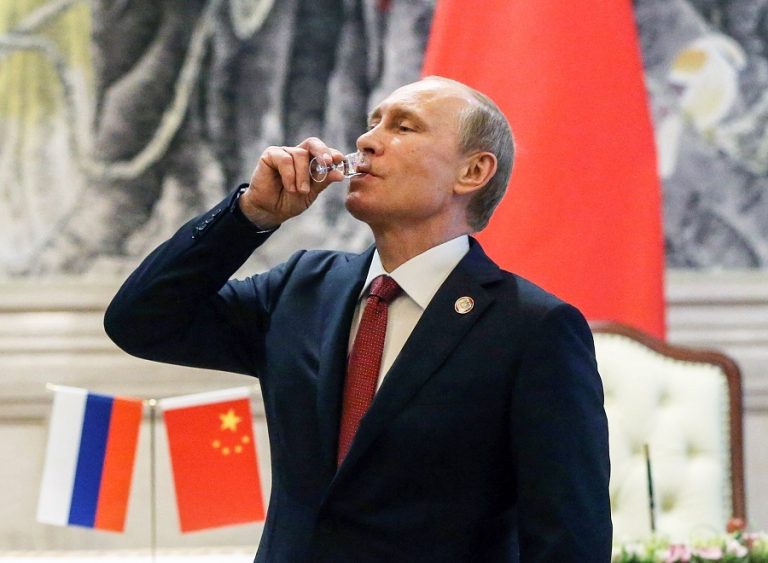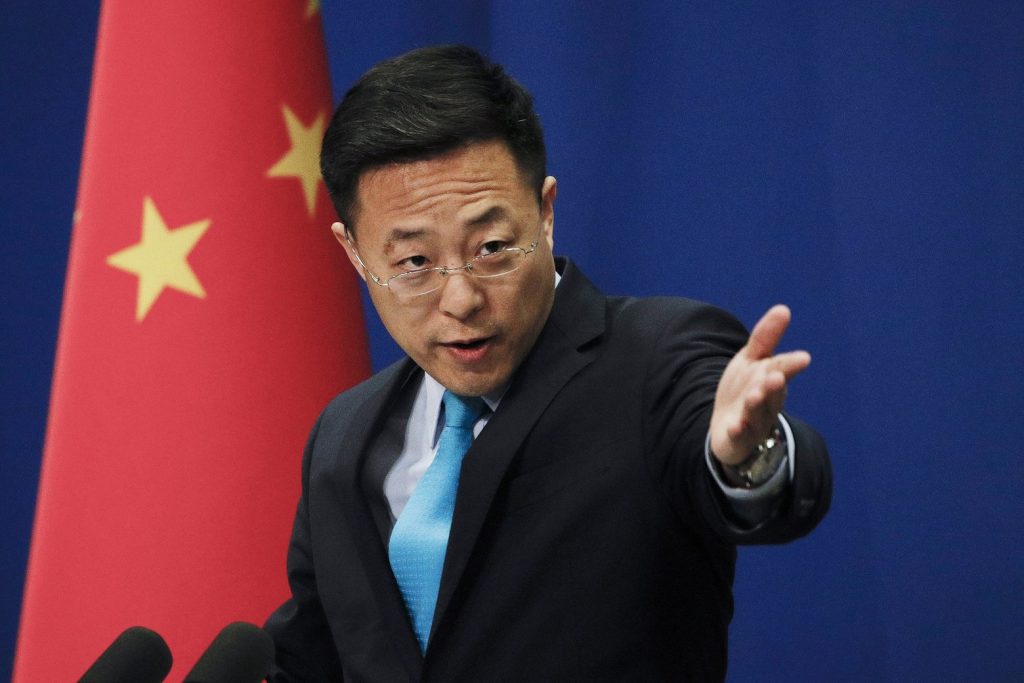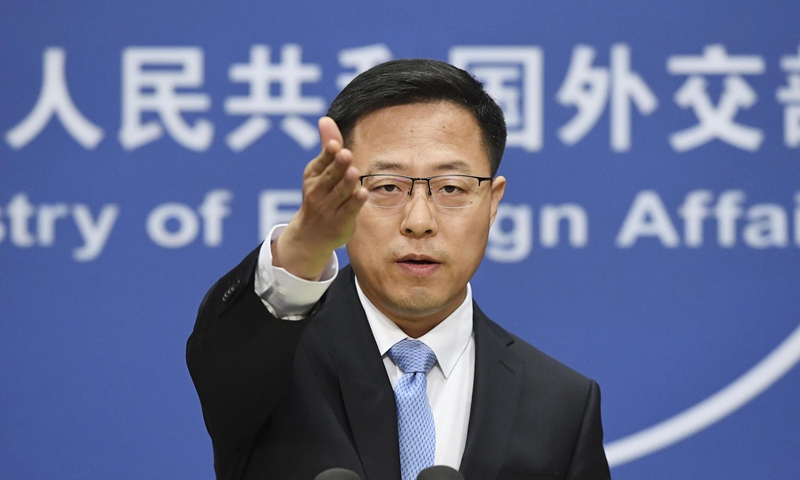Russia is working hand in glove with China to coordinate military efforts in Southeast Asia and in the Far East. Both countries favor steps to meet geopolitical targets and enlarge their footprints.
On November 15, Russia’s Defense Minister Sergei Shoigu briefed Vladimir Putin on the tasks fulfilled when the warplanes of both countries jointly patrolled the Sea of Japan and the East China Sea.
The warplanes were airborne for more than 10 hours, while controlled in the air by A-50U radar patrol and guidance aircraft. South Korea’s Joint Chiefs of Staff claims two Chinese and seven Russian warplanes intruded into the air defense identification zone declared by Seoul.
As Russian and Chinese warplanes did not violate South Korea’s sovereign airspace, the recent entry by Chinese warplanes into the Taiwan air defense identification zone means that Beijing and Moscow have set to coordinate military efforts against the US allies in the region.
From October 17 to 23, Russian and Chinese Navy warships, for the first time, patrolled together the western part of the Pacific Ocean. There were ten ships: five from each side. Russian and Chinese sailors then practiced joint tactical maneuvers and some exercises. The group of ships has crossed the Sangar Strait between the Japanese islands of Honshu and Hokkaido for the first time.
In August, Russia and China held joint military exercises at the Chinese Qingtongxia training facility. There were 10 thousand.
Russian and Chinese soldiers, two hundred armored vehicles, and about a hundred artillery pieces.
Joint military ops and exercises might speak for an anti-Western axis built up by Russia and China. Military and political alliance between Moscow and Beijing aims to oust the United States from the areas where they have got their own geopolitical interests. In May, German political scientist Joachim Krause described Russia-China alliance scenario in an interview to Die Welt.
With Russia vehemently denying that alliance, it is already operational in fact, as China regularly gets Russian weapon and joint exercises are held. Russia has supplied Beijing with such equipment as S-400 air defense system and Su-35 fighter, and it helps to set up Chinese missile defense system.
Beijing has stepped up its pressure on Taiwan just as Moscow built up its forces near Ukraine’s border in April. The Kremlin, thus, is likely to count on making use of Beijing to pose threat for both Europe and Asia, in order to disrupt the response by the West and stage a quick op in Eastern Europe, using escalation around Taiwan, Korea or Japan as a smoke screen.
Joint forces by Moscow and Beijing outnumber the American ones, as for nuclear weapon as well. But the countries are unlikely to agree to build joint armed forces. With Asian ins and outs, a military alliance will most likely look like coordinated efforts in a single or different tactical areas.
It is doubtful that military alliance of Russia and China will exist in black and white. But now they step up to test fighting capacity and work out joint combat training. That is quite enough for joint tactical ops at the regional level, or covering such ops by one of the countries. With low Kremlin’s interest in ops against Taiwan, it can offer support to Beijing to counter AUKUS, as part of military and political cooperation.
Another important issue in military and political cooperation of China and Russia is to neutralize UN as conflict médiator, with both countries able to veto at the UN Security Council.

Read also: China intends to curtail US power in the OAS







